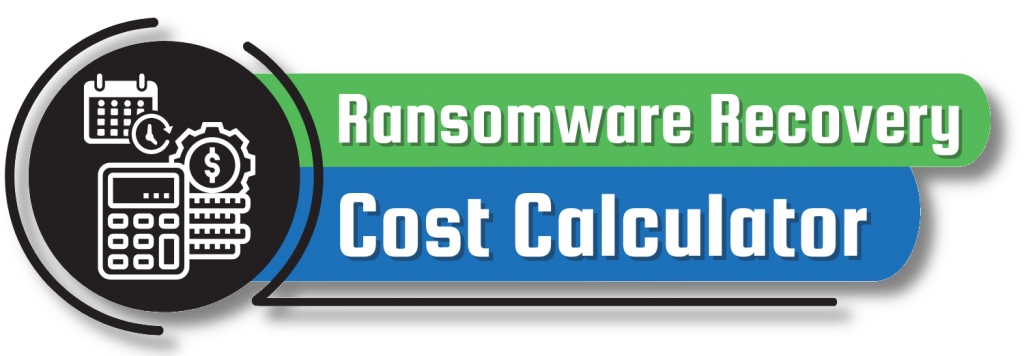RansomHub Ransomware
Recovery Services
Alvaka’s RansomHub Ransomware Recovery Services are designed to protect your company’s systems from Ransomware and help you recovery when necessary.
Learn more
What is RansomHub Ransomware?
RansomHub is a ransomware-as-a-service (RaaS) platform that surfaced in 2024. It operates similarly to other RaaS models, where a core team develops the ransomware and rents it out to affiliates who carry out attacks. RansomHub is a rebranded version of earlier ransomware strains, including Knight and Cyclops, which themselves have roots in earlier malware codes.
RansomHub rose to prominence quickly, partly due to law enforcement crackdowns on other major ransomware groups like LockBit and ALPHV/BlackCat. Many affiliates who had previously worked with these groups migrated to RansomHub, accelerating its growth
CISA #StopRansomware: RansomHub Ransomware
How Does RansomHub Ransomware Operate?
RansomHub affiliates typically breach an organization’s network, exfiltrate sensitive data, and then encrypt systems using a sophisticated encryption algorithm (Curve 25519). Once data is encrypted, the victim receives a ransom note demanding payment for both the decryption tool and to prevent the public release of stolen data.
Key elements of RansomHub’s operations include:
- Disabling security systems: RansomHub affiliates often disable antivirus and endpoint detection tools to avoid detection.
- Privilege escalation and lateral movement: Affiliates create or exploit user accounts to move laterally across the network and gather critical data.
- Data exfiltration: Data is exfiltrated through various methods, including secure transfer tools like PuTTY, Rclone, and WinSCP.
How Can You Protect Your Company Against RansomHub Ransomware?
To defend against RansomHub and similar ransomware threats, companies should adopt a multi-layered approach to cybersecurity. Key strategies include:
- Backup and Recovery: Regularly create secure, offsite backups of all critical data. This ensures that even if data is encrypted, you can recover from backups without paying the ransom.
- Update Security Systems: Ensure all systems are patched with the latest security updates to close vulnerabilities that ransomware could exploit.
- Network Segmentation: Use network segmentation to limit the ability of ransomware to spread throughout the entire organization once it gains access.
- Multi-Factor Authentication (MFA): Implement MFA for sensitive accounts to reduce the risk of unauthorized access by ransomware operators.
- Employee Training: Educate employees on recognizing phishing attacks and other common ransomware entry points to prevent initial access.
By adopting these measures, companies can significantly reduce their risk of falling victim to RansomHub.



